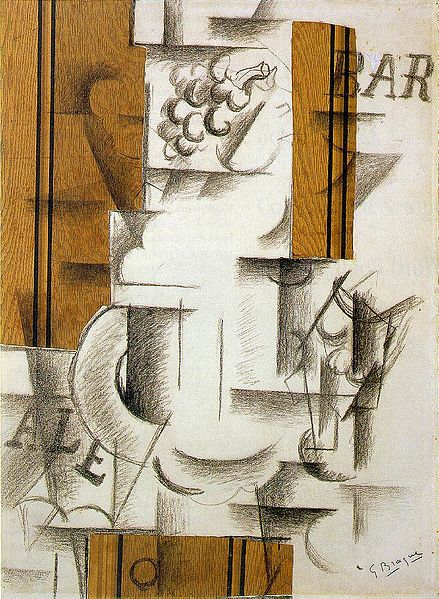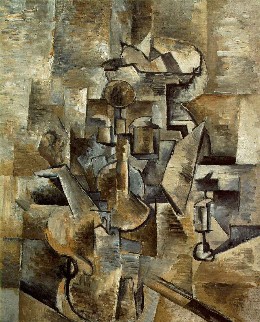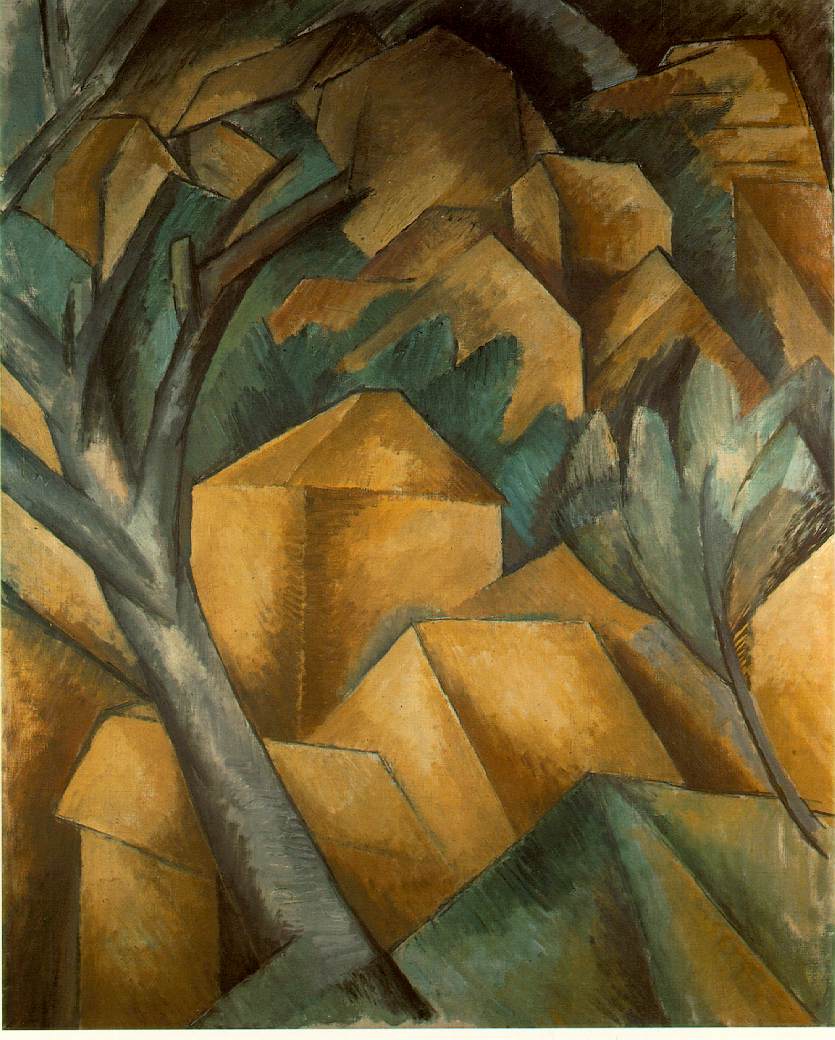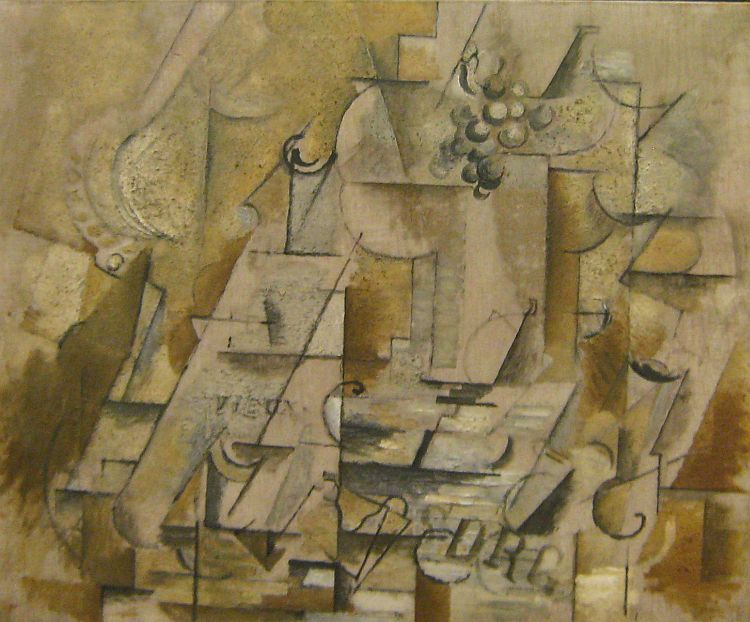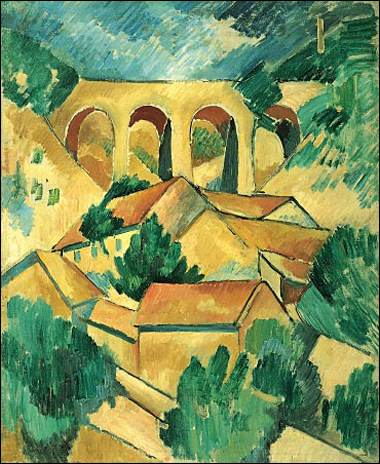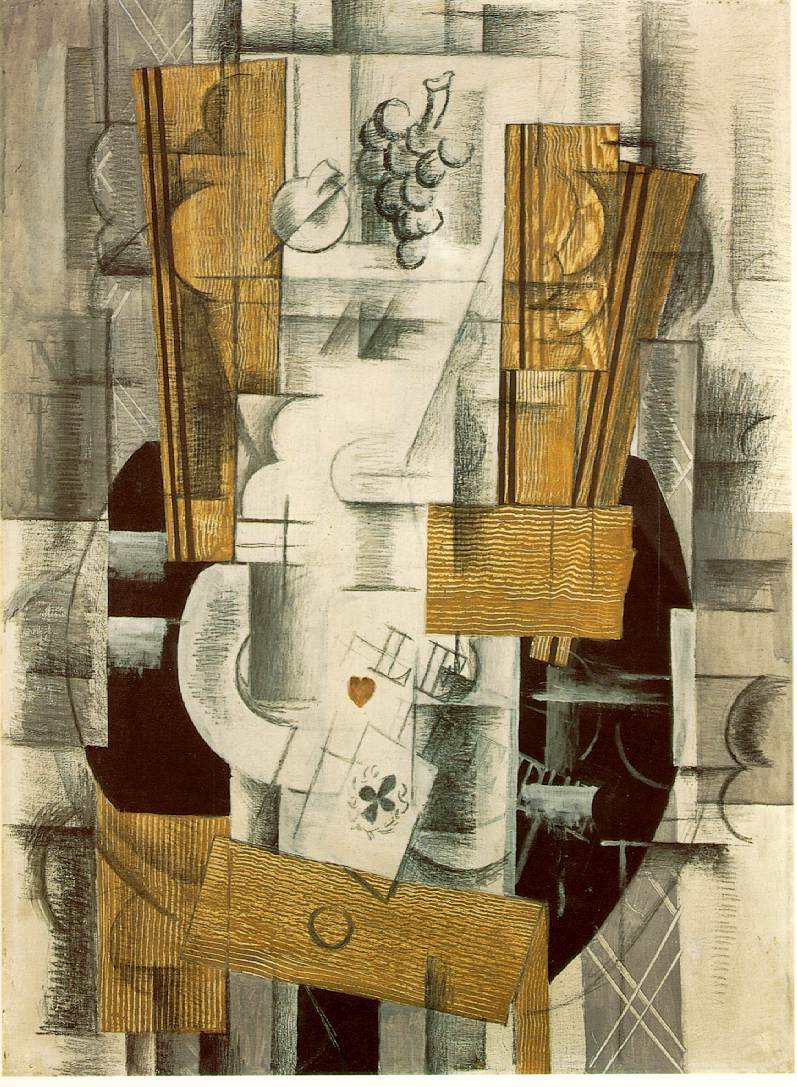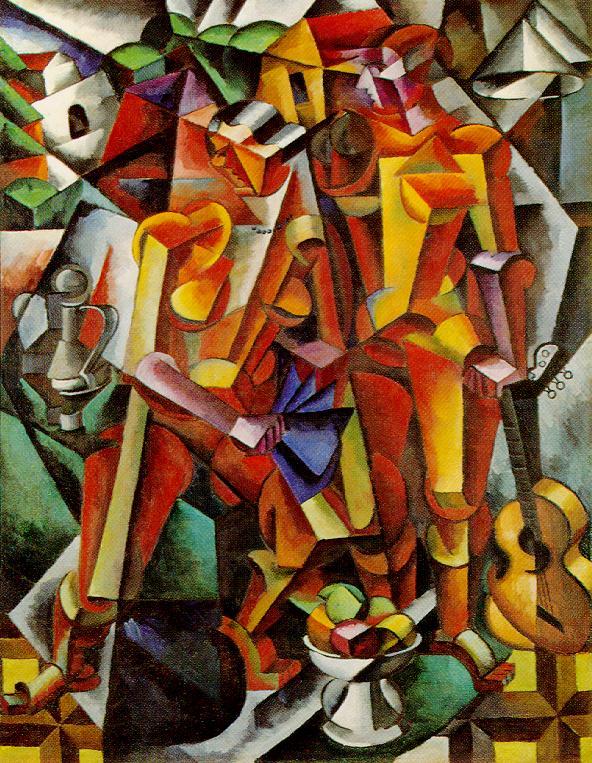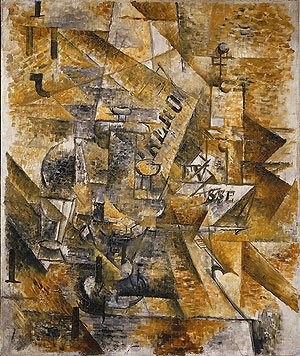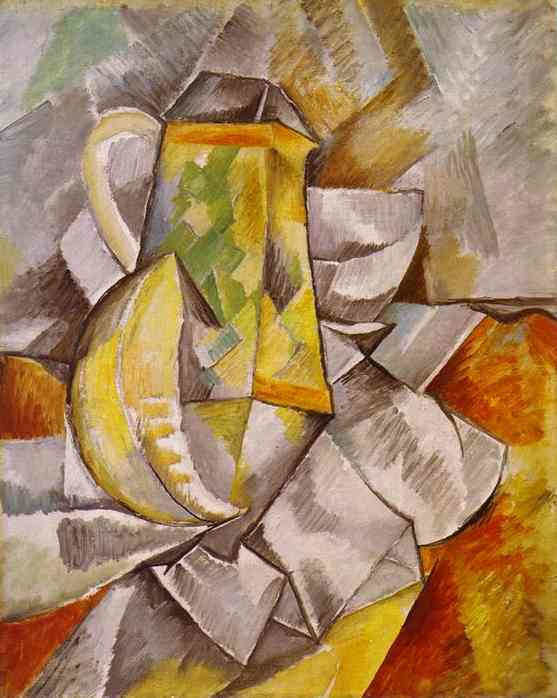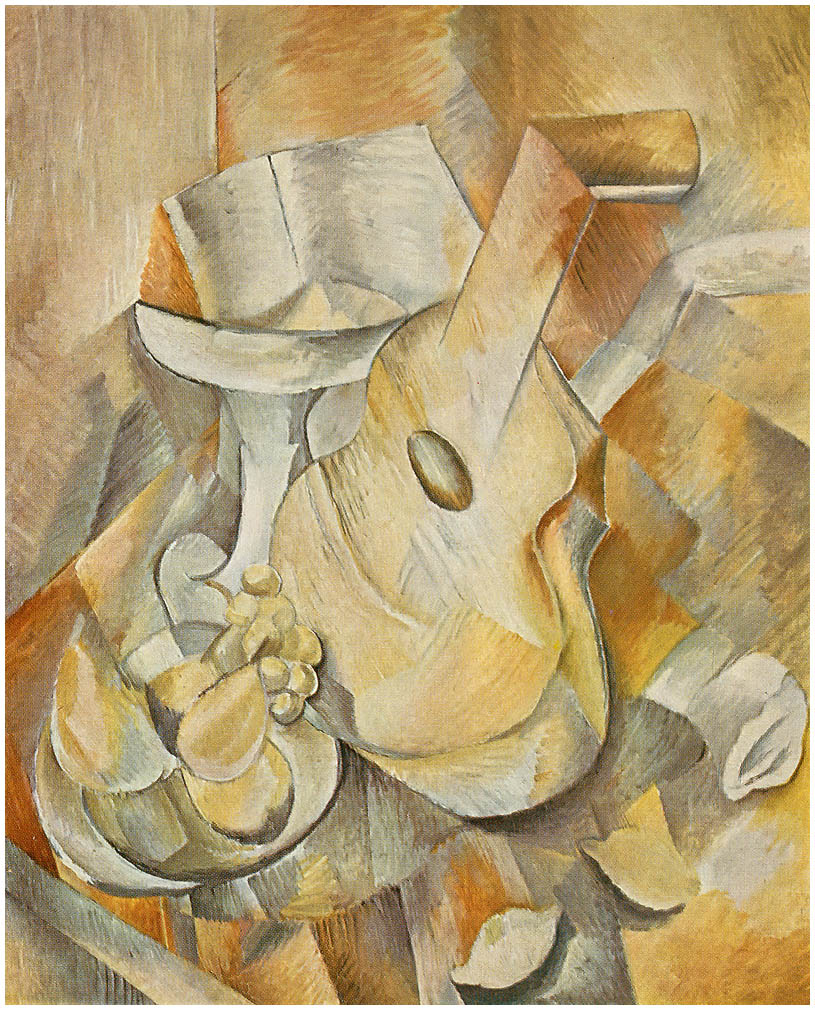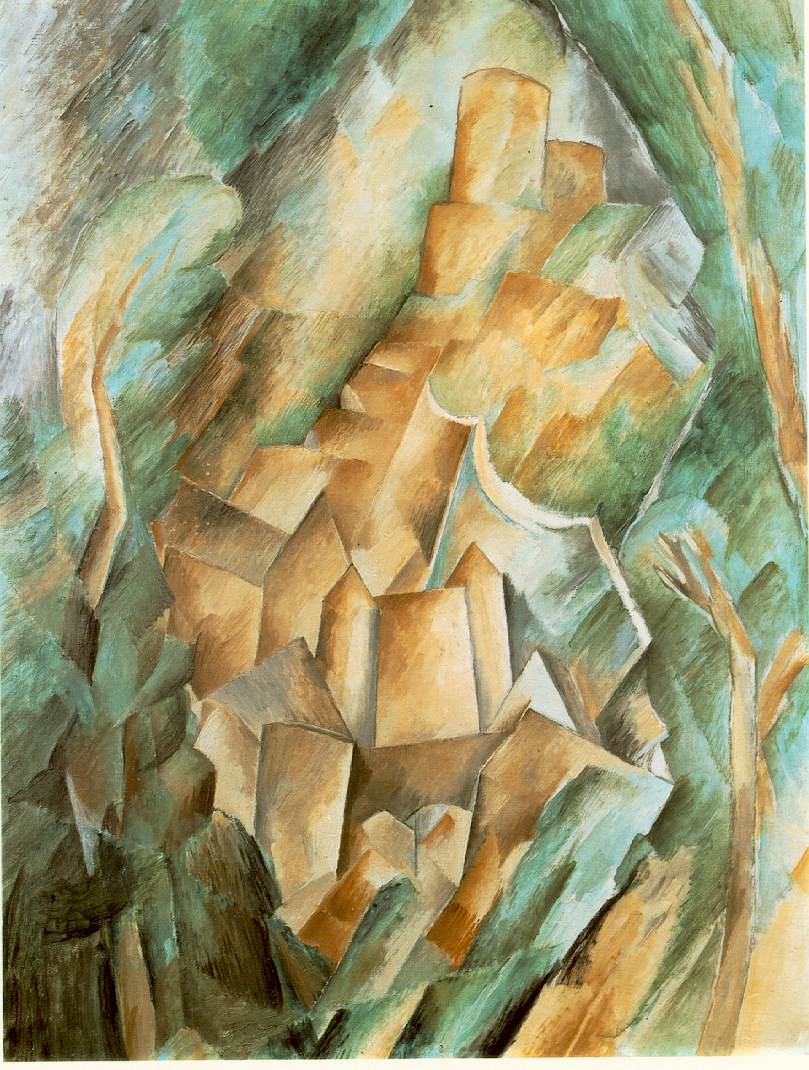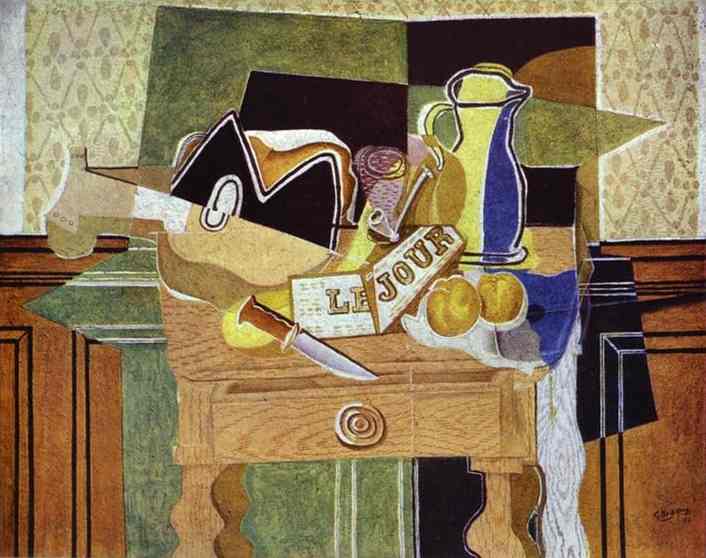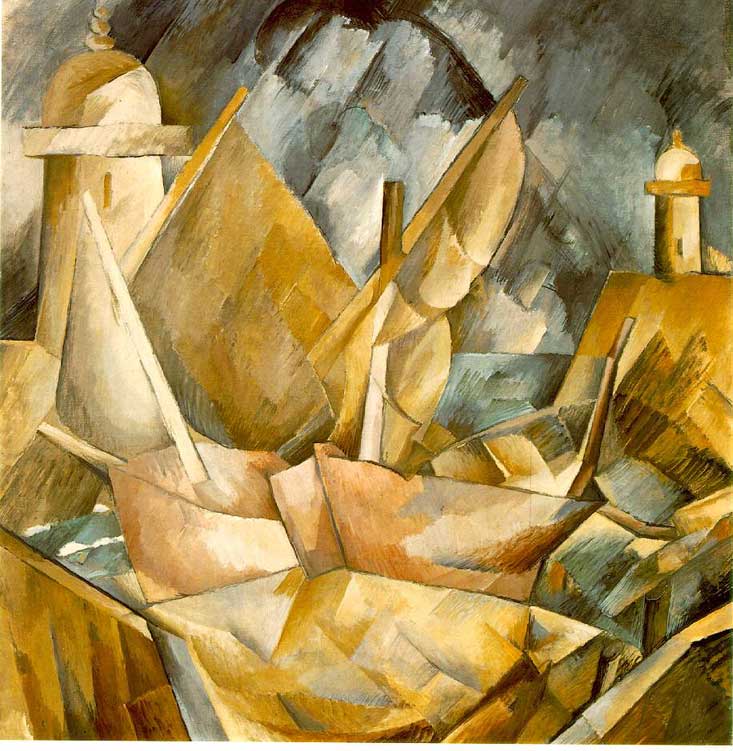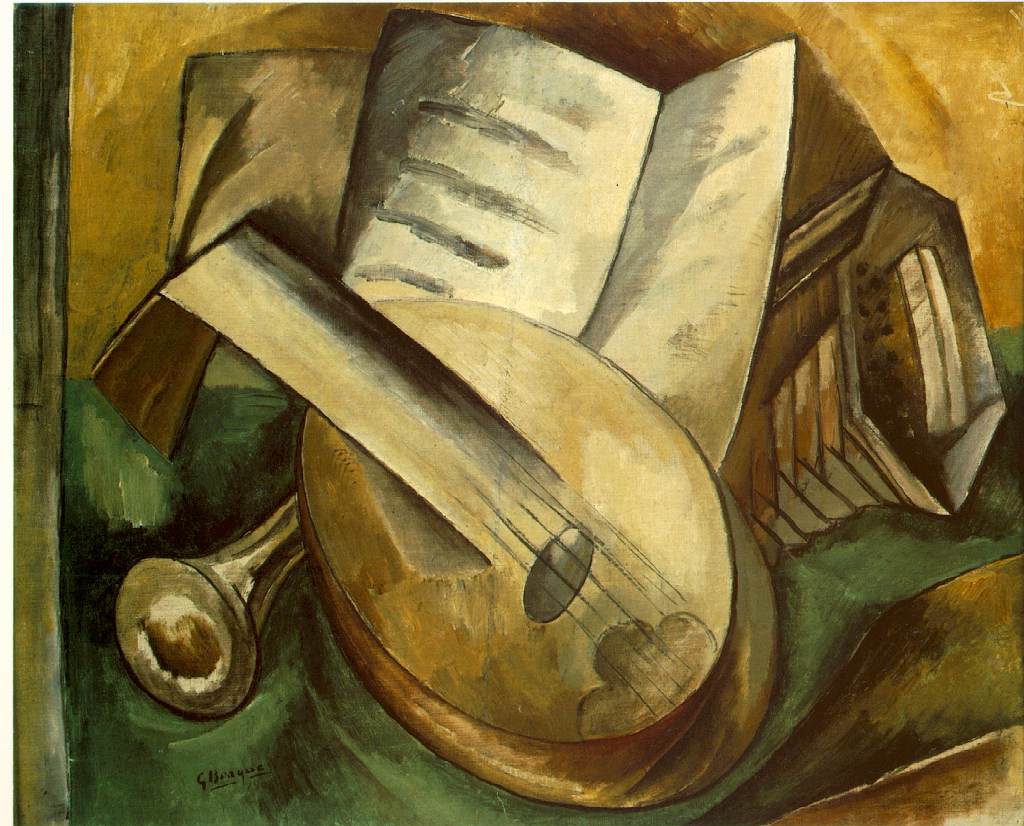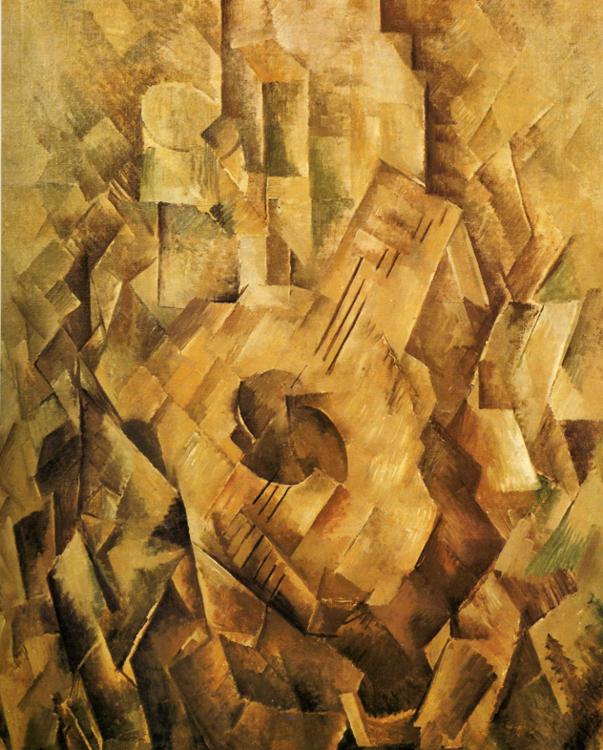<Back to Index>
- Painter Alice Bailly, 1872
- Painter and Sculptor Georges Braque, 1882
PAGE SPONSOR

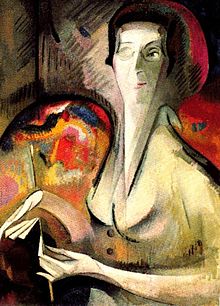
Alice Bailly (February 25, 1872 – January 1, 1938) was a radical Swiss painter, known for her interpretation of cubism and her multimedia wool paintings.
Bailly was born in Geneva, Switzerland, where she attended separate classes for women at the Ecole des Beaux - Arts, studying under Hugues Bovy and Denise Sarkiss. She also went on to study in Munich, Germany. By 1906 she had moved to Paris, where she befriended a number of notable modernist painters such as Juan Gris, Francis Picabia, Albert Gleizes, Jean Metzinger, Fernand Léger, Sonia Lewitska and Marie Laurencin.
While in Paris she became interested in Fauvism, and showed some paintings in the style at the Salon d'Automne alongside principal painters of the movement.
At the beginning of World War I, Bailly returned to Switzerland and invented her signature tableaux - laine or "wool paintings" in which short strands of colored yarn acted as brush strokes. Between 1913 and 1922 she made approximately fifty paintings in this style. She was also briefly involved with the Dada movement.
She moved to Lausanne in 1923 and remained there for the rest of her life. She was commissioned to paint eight large murals for the foyer of the Theater of Lausanne in 1936. This task led to exhaustion which may have contributed to the tuberculosis that caused her death in 1938. Her will directed that the proceeds from the sale of her art be used to establish a trust fund to aid young Swiss artists.
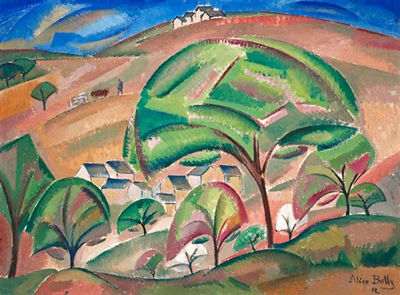
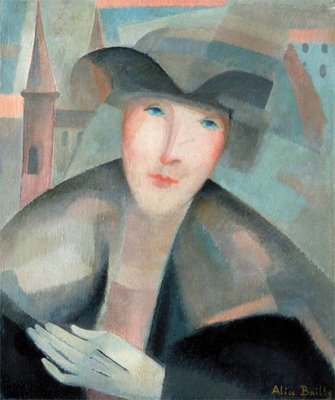
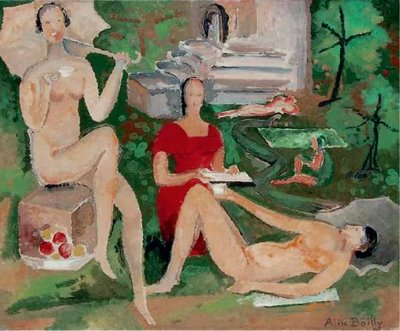
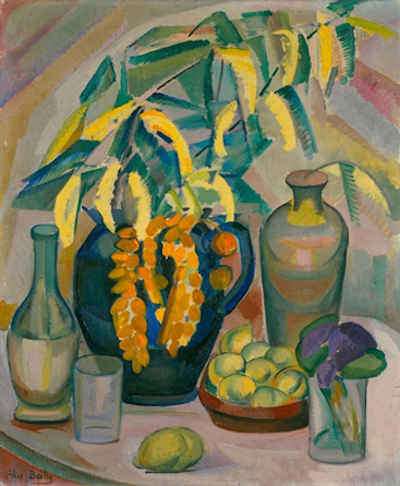
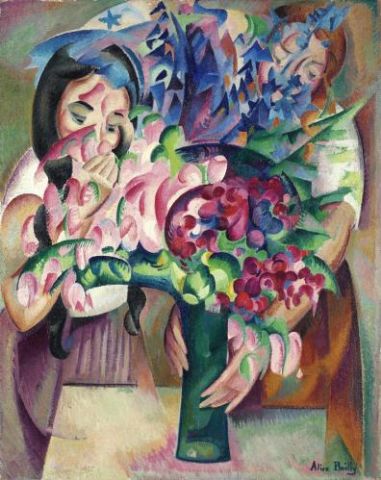
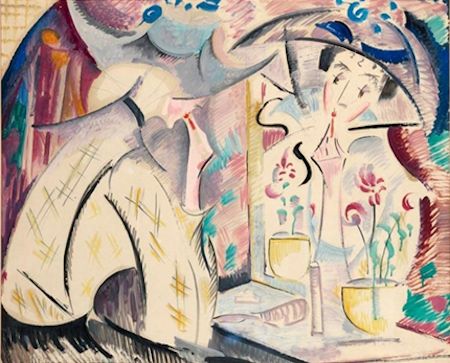
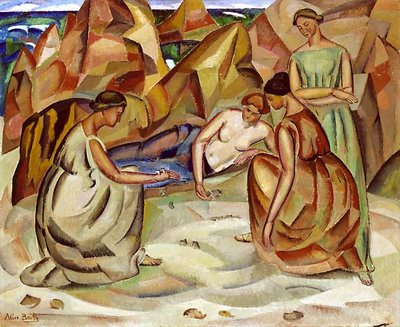
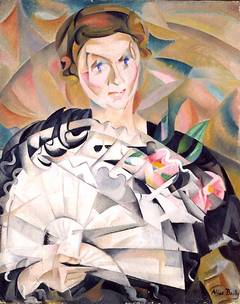
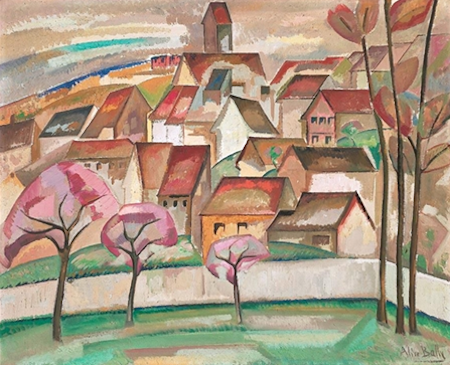
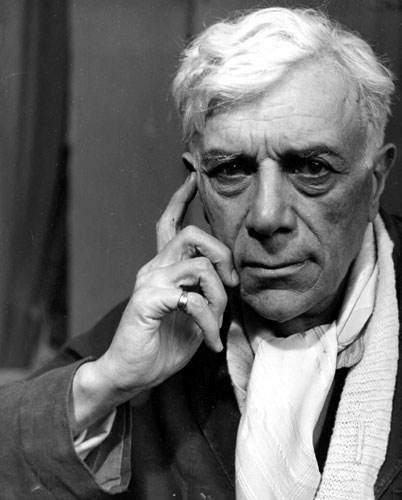
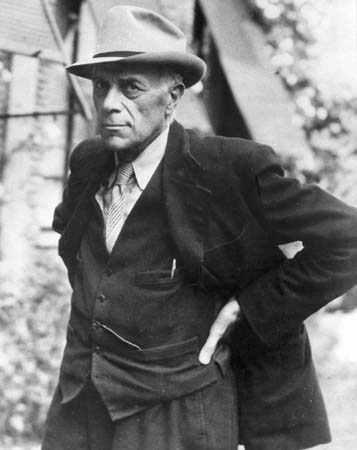
Georges Braque (13 May 1882 – 31 August 1963) was a major 20th century French painter and sculptor who, along with Pablo Picasso, developed the art style known as Cubism.
Georges Braque was born on 13 May 1882, in Argenteuil, Val - d'Oise. He grew up in Le Havre and trained to be a house painter and decorator like his father and grandfather. However, he also studied artistic painting during evenings at the École des Beaux - Arts, in Le Havre, from about 1897 to 1899. In Paris, he apprenticed with a decorator and was awarded his certificate in 1902. The next year, he attended the Académie Humbert, also in Paris, and painted there until 1904. It was here that he met Marie Laurencin and Francis Picabia.
His earliest works were impressionistic, but after seeing the work exhibited by the artistic group known as the "Fauves" (Beasts) in 1905, Braque adopted a Fauvist style. The Fauves, a group that included Henri Matisse and André Derain among others, used brilliant colors to represent emotional response. Braque worked most closely with the artists Raoul Dufy and Othon Friesz, who shared Braque's hometown of Le Havre, to develop a somewhat more subdued Fauvist style. In 1906, Braque traveled with Friesz to L'Estaque, to Antwerp, and home to Le Havre to paint.
In May 1907, he successfully exhibited works of the Fauve style in the Salon des Indépendants. The same year, Braque's style began a slow evolution as he became influenced by Paul Cézanne, who had died in 1906, and whose works were exhibited in Paris for the first time in a large scale, museum like retrospective in September 1907. The 1907 Cézanne retrospective at the Salon d'Automne greatly affected the avant garde artists of Paris, resulting in the advent of Cubism.
Braque's paintings of 1908 – 1913 reflected his new interest in geometry and simultaneous perspective.
He conducted an intense study of the effects of light and perspective
and the technical means that painters use to represent these effects,
seeming to question the most standard of artistic conventions. In his
village scenes, for example, Braque frequently reduced an architectural
structure to a geometric form approximating a cube, yet rendered its
shading so that it looked both flat and three - dimensional by fragmenting
the image. He showed this in the painting "House at L'estaque".
Beginning in 1909, Braque began to work closely with Pablo Picasso, who had been developing a similar style of painting. At the time Pablo Picasso was influenced by Gauguin, Cézanne, African tribal masks and Iberian sculpture, while Braque was interested mainly in developing Cézanne's ideas of multiple perspectives. “A comparison of the works of Picasso and Braque during 1908 reveals that the effect of his encounter with Picasso was more to accelerate and intensify Braque’s exploration of Cézanne’s ideas, rather than to divert his thinking in any essential way.” Braque’s essential subject is the ordinary objects he has known practically forever. Picasso celebrates animation, while Braque celebrates contemplation. Thus, the invention of Cubism was a joint effort between Picasso and Braque, then residents of Montmartre, Paris. These artists were the style's main innovators. After meeting in October or November 1907, Braque and Picasso, in particular, began working on the development of Cubism in 1908. Both artists produced paintings of monochromatic color and complex patterns of faceted form, now termed Analytic Cubism.
A decisive time of its development occurred during the summer of 1911, when Georges Braque and Pablo Picasso painted side by side in Céret in the French Pyrenees, each artist producing paintings that are difficult — sometimes virtually impossible — to distinguish from those of the other. In 1912, they began to experiment with collage and papier collé.
French art critic Louis Vauxcelles first used the term Cubism, or "bizarre cubiques", in 1908 after seeing a picture by Braque. He described it as 'full of little cubes', after which the term quickly gained wide use although the two creators did not adopt it initially. Art historian Ernst Gombrich described cubism as "the most radical attempt to stamp out ambiguity and to enforce one reading of the picture — that of a man - made construction, a colored canvas." The Cubist style spread quickly throughout Paris and then Europe.
| “ | The things that Picasso and I said to one another during those years will never be said again, and even if they were, no one would understand them anymore. It was like being roped together on a mountain. | ” |
|
— Georges Braque
|
The two artists' productive collaboration continued and they worked closely together until the beginning of World War I in 1914, when Braque enlisted with the French Army. In May 1915, Braque received a severe head injury in battle at Carency and suffered temporary blindness. He was trepanned, and required a long period of recuperation.
Braque resumed painting in late 1916. Working alone, he began to moderate the harsh abstraction of cubism. He developed a more personal style characterized by brilliant color, textured surfaces, and — after his relocation to the Normandy seacoast — the reappearance of the human figure. He painted many still life subjects during this time, maintaining his emphasis on structure. One example of this is his 1943 work, Blue Guitar, which hangs in the Allen Memorial Art Museum. During his recovery he became a close friend of the cubist artist Juan Gris.
He continued to work during the remainder of his life, producing a
considerable number of paintings, graphics and sculptures. Braque, along
with Matisse, is credited for introducing Pablo Picasso to Fernand Mourlot, and most of the lithographs and book illustrations he himself created during the 1940s and '50s were produced at the Mourlot Studios. He died on 31 August 1963, in Paris. He is buried in the cemetery of the Church of St. Valery in Varengeville - sur - Mer, Normandy, whose windows he designed. Braque's work is in most major museums throughout the world.
Braque believed that an artist experienced beauty "… in terms of volume, of line, of mass, of weight, and through that beauty [he] interpret[s] [his] subjective impression...” He described "objects shattered into fragments… [as] a way of getting closest to the object…Fragmentation helped me to establish space and movement in space”. He adopted a monochromatic and neutral color palette in the belief that such a palette would emphasize the subject matter.
Although Braque began his career painting landscapes, during 1908 he, alongside Picasso, discovered the advantages of painting still lifes instead. Braque explained that he “… began to concentrate on still - lifes, because in the still - life you have a tactile, I might almost say a manual space… This answered to the hankering I have always had to touch things and not merely see them… In tactile space you measure the distance separating you from the object, whereas in visual space you measure the distance separating things from each other. This is what led me, long ago, from landscape to still - life” A still life was also more accessible, in relation to perspective, than landscape, and permitted the artist to see the multiple perspectives of the object. Braque's early interest in still lifes revived during the 1930s.
During the period between the wars, Braque exhibited a freer style of
Cubism, intensifying his color use and a looser rendering of objects.
However, he still remained committed to the cubist method of
simultaneous perspective and fragmentation. In contrast to Picasso, who
continuously reinvented his style of painting, producing both
representational and cubist images, and incorporating surrealist
ideas into his work, Braque continued in the Cubist style, producing
luminous, other - worldly still life and figure compositions. By the time
of his death in 1963, he was regarded as one of the elder statesmen of
the School of Paris, and of modern art.
